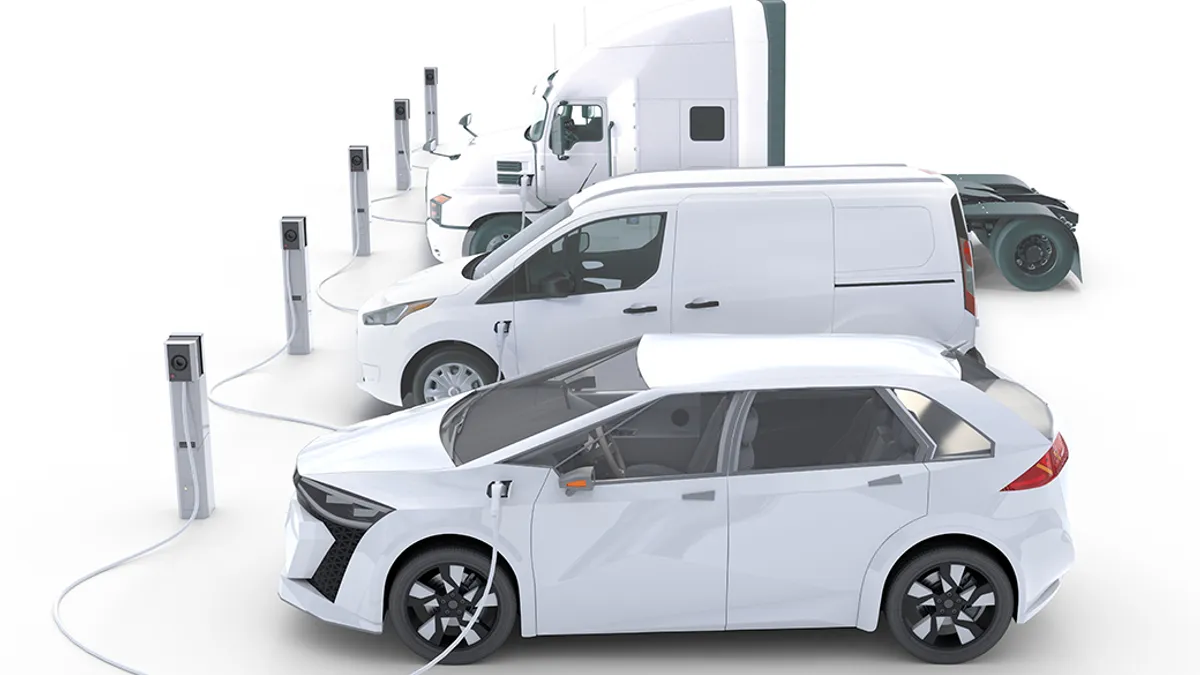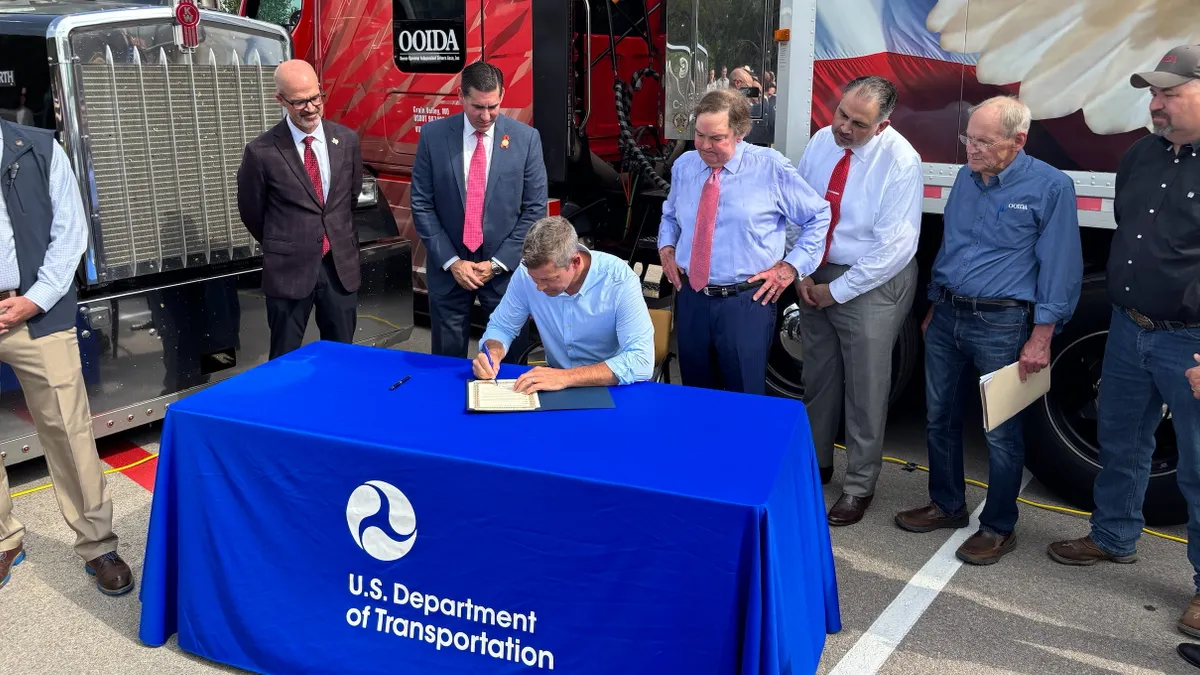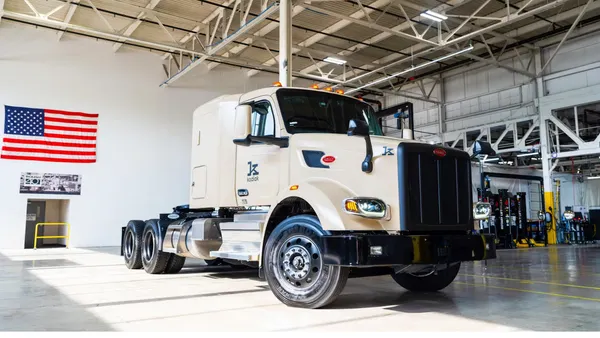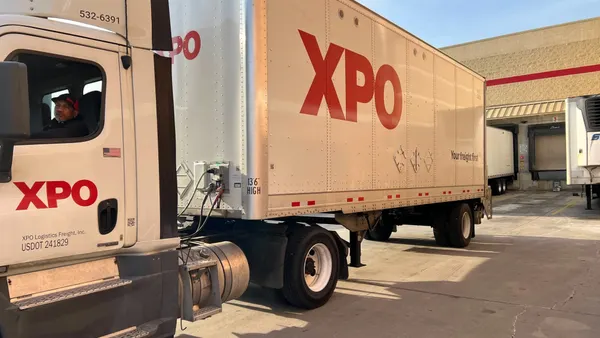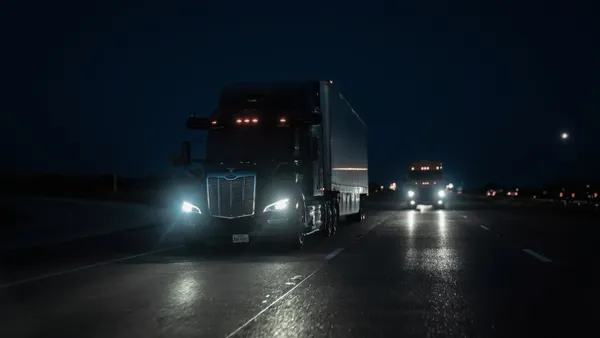Many factors are converging to increase the adoption of electric vehicles (EVs) within the trucking and fleet industries, including the improved economics for some use-cases, lower emissions and increased driver satisfaction.
As fleet operators develop their electrification plans, a common area of concern is the ability of the electric grid to support large-scale EV adoption. To better prepare the 3,200 electric utilities that comprise the U.S. utility sector, EPRI launched the EVs2Scale2030™ initiative last year. Through this program, EPRI is bringing together utilities, fleet operators, charging service providers and vehicle manufacturers to help improve the data sharing and communication critical to preparing the grid to support EV charging.
For electric power companies to ensure grid readiness, they need to understand when and where EVs will be deployed on the grid as early as possible. To help visualize and communicate projected grid loads, EPRI launched its publicly available eRoadMAP™ tool (https://eroadmap.epri.com/). This interactive map identifies over time the likely EV loads for the entire United States, down to an area of .28 square miles – roughly the distribution feeder level. To develop this tool, EPRI is collaborating with an unprecedented number of stakeholders, including truck manufacturers such as Daimler Truck, Volvo Truck, Navistar and Paccar; major fleets such as Amazon, Enterprise, Pitt Ohio, Republic Services and more; data service providers to the transportation industry; and utilities from across the nation.
The eRoadMAP™ tool provides load estimates based on meeting state and federal regulatory requirements, the deployment plans of fleet operators (aggregated and anonymized to protect the commercial interests of these market leaders) and other EV adoption models for light-, medium- and heavy-duty vehicles. Utilities can use eRoadMAP™ for early and improved grid planning, while fleets can use the tool to evaluate potential deployment locations based on current or expected grid capacity constraints.
EVs2Scale2030™ is also addressing the improved timeliness of grid interconnections through a tool called GridFAST that will enhance the communication between fleet operators and utilities and streamline the service request process. Today, fleets must interact with multiple utilities individually, and each utility has its unique service request process and data input requirements. Conversely, utilities must interact with each fleet individually without the ability to easily consolidate deployment plans from multiple fleets. GridFAST, to be released in 2025, will provide a common platform for a proactive information exchange between utilities, fleet operators, charging infrastructure property developers and others. This can both simplify fleet interactions with multiple utilities and enable utilities to have earlier information for service planning.
While GridFAST and eRoadMAP™ have been developed with direct input from the trucking industry, including sharing early electrification plans and feedback on the design of these tools, more active engagement is needed. Historically, the trucking and utility industries have had limited interaction. However, with the electrification of transportation, these two industries – critical to the successful operation of the U.S. economy – must improve communication and become more actively engaged with each other.
Through EVs2Scale2030™, EPRI stands ready to support the trucking industry and fleet operators in the transition to EVs. To assist in improving the communication and planning between the trucking industry and the utility sector and to learn more about EVs2Scale2030™, please visit https://msites.epri.com/evs2scale2030.

